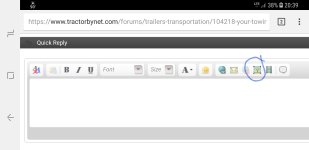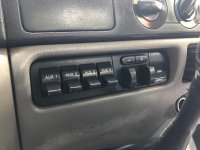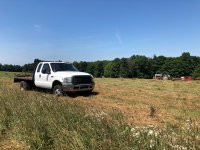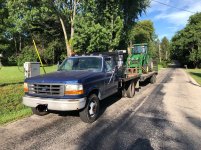I'm under the impression that since surge brakes don't come on until the rig is already decelerating, it's entirely up to the truck to begin the slowdown, so for at least a bit (till the surges starting doing their thing), the trailer is pushing the truck as it tries to slow things down.
I don't know if you can adjust surge brakes for different loads, either - my electric controller has a dial that I can easily adjust the magnitude of braking force, so when I've got an unloaded trailer it should use a light touch on the trailer brakes, and a heavier one when it's loaded (I have to adjust it - the controller doesn't know what my load is). Probably not much of an issue for boat trailers because the trailer is probably almost never used without the boat on it...
Surge brakes also can't be operated independently of the truck's brakes, for instance in case of trailer sway. Presumably with a boat on a trailer, there's always a good percentage of tongue weight, since hopefully you can't load the boat on backwards, so perhaps this is a non-issue (for boat trailers).
Today, inertial sensors are very low cost, so a lot of electric controllers have proportional control. The olde school controller on my truck is like yours, you set the voltage (force) manually.
Early surge designs weren't that great...
Overrun brake - Wikipedia
But, the later ones improved. With a telescoping type of coupler, a basic proportional hydraulic controller should be doable. What I like about that approach is the simplicity - very little to go wrong vs. yards and yards of wiring + connectors + fuses + another black box of electronics....
But yes, I'd expect a bit more tow-vehicle brake pad wear vs. a properly set up electric brake system.
Rgds, D.






